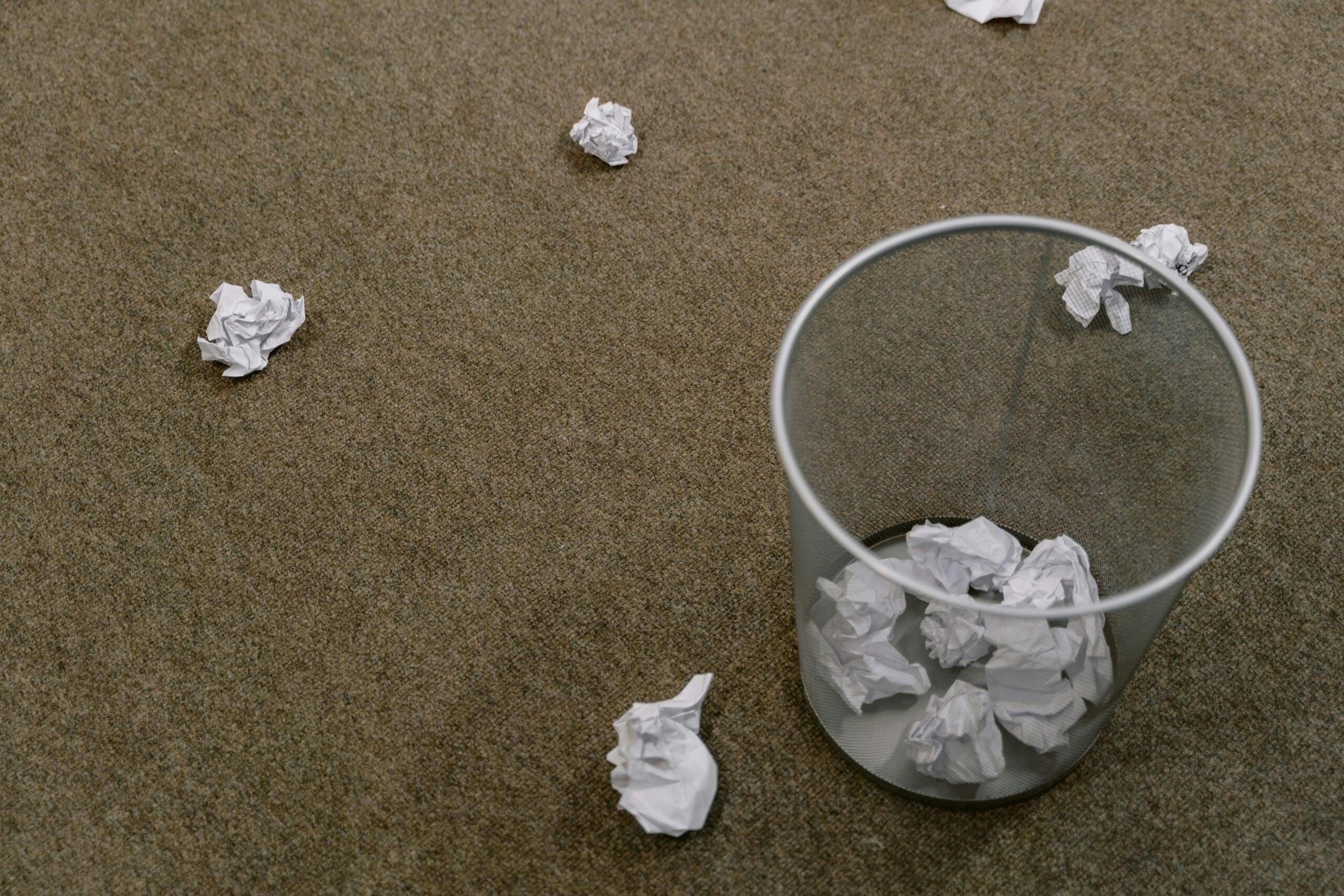Right, you’ve finally bashed out that first draft. Brilliant! You’ve poured your blood, sweat, and tears onto the page, wrestled with plot holes like a caffeinated octopus, and somehow managed to corral those unruly characters into a semblance of a story. But now comes the tricky bit… actually reading the bloody thing.
Sound familiar?
For many of us authors, facing that first draft is like staring into the abyss after a particularly heavy night out. It’s messy, riddled with typos, and often feels like a pale imitation of the masterpiece you had in mind. Suddenly, doubt creeps in like a damp chill. That insidious voice whispers, “Who are you kidding? You’re no Sanderson. This is rubbish!”
Welcome to the world of first draft fear!
It’s a common affliction for writers, often accompanied by a nasty bout of imposter syndrome. But here’s something you need to know: you’re not alone!
First Draft Horror Story
When I had finally written the first draft of The Great Leap, I read it back in horror. My writing was so bad, so amateurish. The scenes were so devoid of atmosphere and tension, it might as well have been written as a bulleted list of happenings, like a formal technical document. I felt embarrassed, and more than a little ashamed.
I didn’t write any more for a year.
A year!
Eventually, I had the ‘writing bug’ again, and started a brand new story. Though, a few chapters in to my pantsing, I chose to do a cursory check on my old first draft. Not only was it not as bad as I’d remembered, but there were some real diamonds within the rough. It was that realisation that made me want to revisit it and see if I can mould it into an acceptable second draft.
Now, it’s six months after release, with a number of very strong five star reviews under my belt, and I can see that all my fears were unfounded.
Your first draft is supposed to be rough!
Why First Drafts Are Always a Bit Rough
Think of your first draft as the foundation of your story. It’s raw, unpolished, and definitely not ready for public consumption. Its purpose is simply to exist, to get the story down.
No one expects a builder to unveil a pristine, perfectly decorated house the moment the foundations are laid, do they
The same applies to writing, doesn’t it?
Taming the Inner Critic and Embracing Revision
Here’s the secret: no one writes a perfect first draft. Not even your favourite bestselling author. The magic happens in the revision process.
Here are a few tips to help you tackle those revisions and transform your draft from a diamond in the rough to a polished gem:
- Give it some space: Pop your draft in a drawer for a few days, or even weeks, before revisiting it. This allows you to approach it with fresh eyes and a more objective perspective.
- Read it aloud: Hearing your words can help you identify clunky sentences, awkward phrasing, and pacing issues. (Bonus points if you do it in a funny accent.)
- Focus on the big picture first: Don’t get bogged down in grammar and punctuation in the early stages of revision. Concentrate on plot, character development, and overall flow.
- Get feedback: Share your work with trusted beta readers or a critique group. Constructive criticism can be invaluable. (Just remember to offer them a cuppa first.)
- Break it down: Revision can feel overwhelming. Break the process down into manageable chunks, focusing on specific aspects like dialogue, description, or pacing in each pass.
Remember, writing is a process. Embrace the journey, learn from each draft, and trust that your story will evolve with time and effort.
So, go forth, brave writer, and revise with confidence!
And don’t forget to put the kettle on: you’ve earned it.
